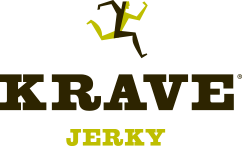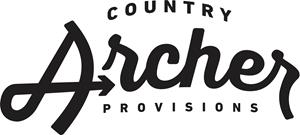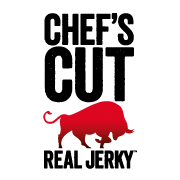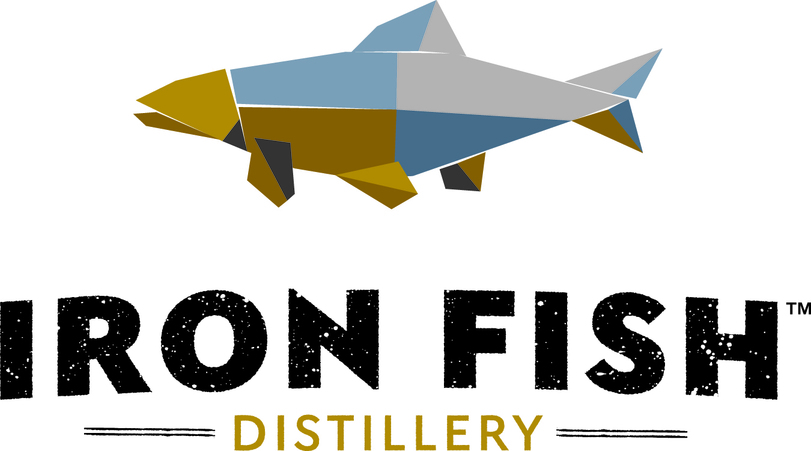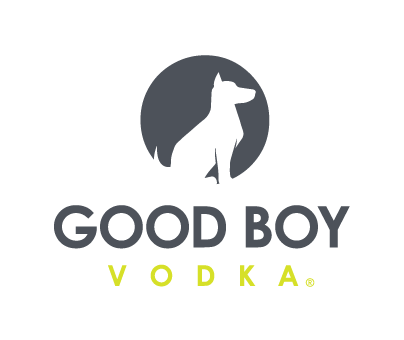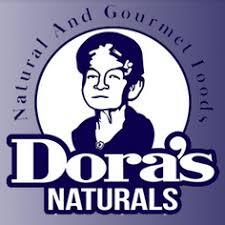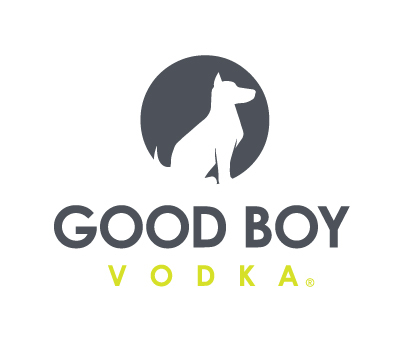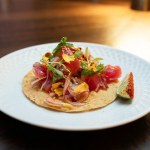KRAVE Returns Home With Sale to Sebastiani’s Sonoma Brands
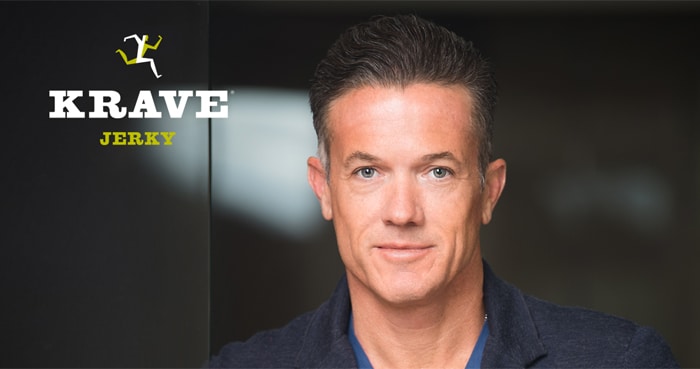
Terms of the deal were not disclosed, but Sebastiani said the purchase price was less than the $220 million he sold the company for five years ago. Moving forward, KRAVE will exist under a new holding company called Double Peak, with Sonoma Brands managing director Kevin Murphy serving as executive chairman. The company plans to hire a new CEO to manage the meat snacks brand and has brought back former KRAVE team member Rusti Porter to head marketing and Jens Hoy to supervise innovation and production.
Sebastiani said he sees an opportunity to reinvigorate the brand, which has struggled under Hershey’s ownership, and eventually pursue a second sale. According to Sonoma Brands’ research, KRAVE is the top premium jerky, outperforming Chef’s Cut, Country Archer and Perky Jerky in MULO. Roughly 50% of jerky buyers have KRAVE brand awareness, Sebastiani added, second only to Jack Link’s.
“We know there continues to be growth in this category and that across all sectors consumers are continuing to trade up to more premium brands,” Sebastiani said. “We plan to fix quality, we plan to get back on the innovation pipeline and I think in a year or so, KRAVE will have reestablished itself as the premium brand in the marketplace.”
2015 may have only been five years ago, but much has changed in that time — especially in the meat snack set. At its launch, KRAVE was one of the first — if not the first – premium jerky brands. But now store shelves, across retails channels, have been inundated with new meat snack brands. Many of these offerings, in part spurred by KRAVE’s own exit, are private equity backed, with CAVU and Halen Brands investing in Chef’s Cut, Monogram Capital investing in Country Archer and Sunrise Strategic investing in Perky Jerky. Meanwhile, legacy brands have also launched or acquired their own premium or better for you options, such as Slim Jim parent company Conagra’s purchase of Dukes, Jack Link’s launch of Lorissa’s Kitchen and Oberto’s Pacific Gold.
Sebastiani said he’s aware that the environment Sonoma Brands and KRAVE will face today has changed. Immediate plans include reducing sugar levels in some offerings, revising “stale” flavors to “reflect modernity” and updating messaging. Although KRAVE has always had a focus on emphasizing its wine country heritage and culinary roots, Sebastiani also wants to create a greater link between the brand and fitness.
“Executional strategy is the less romantic side of innovation but it’s such a critical component,” Sebastiani said. “We’ve had a lack of innovation and we’ve had no execution.”
When Hershey’s first acquired the snack brand, the plan was to use the company’s global reach to expand the brand into new retail channels — particularly convenience — and its operations expertise to drive margin growth. It was seen as a key component to Hershey’s expansion into the broader category of snacking, reducing the company’s reliance on sales of chocolate confections.
However, that plan struggled, in part due to KRAVE’s somewhat orphan brand status as the only meat snack — and for a time, savory snack — in Hershey’s portfolio. As a result, expansion, sales and margin increases were slow to come.
“We are a branded, high-gross margin company. That is — those are the kinds of brands we’re used to growing and building. SkinnyPop and Pirate’s Booty fit right in that sweet spot on both of those elements,” CEO Michelle Buck said on a January quarterly earnings call about M&A. “And I think especially if we’re going into a newer category or segment within snacking, Krave, in particular, was an acquisition that did not meet either of those relative to adequate scale nor adequate gross margin.”
Hershey also struggled with where in the organization the KRAVE fit, with Sebastiani telling NOSH he knew of at least four teams that had managed the brand at some point.
For the first year, Sebastiani stayed on with the company, resulting in $70 million in sales, he said. The following year, Hershey brought in Shane Chambers to be the brand’s general manager, and KRAVE delivered $125M in topline sales. However, soon after the company moved KRAVE under a new group, called High Point Artisan Brands, which would focus on KRAVE, Bark Thins, Schaffen Berger and Dagoba and largely the natural and specialty channels.
Ironically, Whole Foods Market, which helped establish KRAVE as a powerhouse brand, no longer carries it.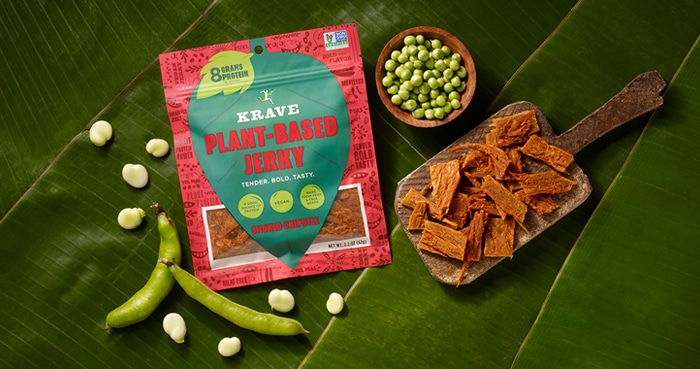
“When I ultimately chose to sell the company to Hershey, it was really important to me that when Michelle Buck told me that they’d keep the business in Sonoma,” he said. “[I wanted] the soul of this company to be kept here because there is so much culinary thinking here.”
While other Hershey’s acquisitions, such as Pirate’s Booty, have seen varying levels of success under their new ownership, in recent years Buck has made it clear on quarterly earnings’s calls that KRAVE was struggling. However, Sebastiani told NOSH that there is still plenty of opportunity.
According to flavor company FONA, Nielsen says the US market for meat snacks is now a $2.8 billion category with predictions for 4.2% annualized growth through 2022.
To capitalize on this, Sonoma Brands plans to first ramp up innovation. The most recent launch of plant-based jerky was a positive step in the right direction, Sebastiani said, with other plant-based options soon to follow. The team has yet to decide the future for KRAVE’s newly launched pork rinds. The ultimate goal is to have a protein-focused brand that moves beyond only animal-based items and can exist in multiple categories throughout the store.
Beyond innovation, brand awareness, marketing and positioning will be key focus areas.
“Our objective is not to perfect COGS on the manufacturing side, it’s to reestablish the premiumization of the brand,” Sebastiani said. “[But] break even or profitability is the new normal. So it shifts the way [we] go to market and [our] field level strategy to being incredibly capital efficient… so not to imply that we’re going to ignore COGS, because we’re going to run this very lean, but I think our focus is on the establishment as the dominant progressive brand in the space.”
